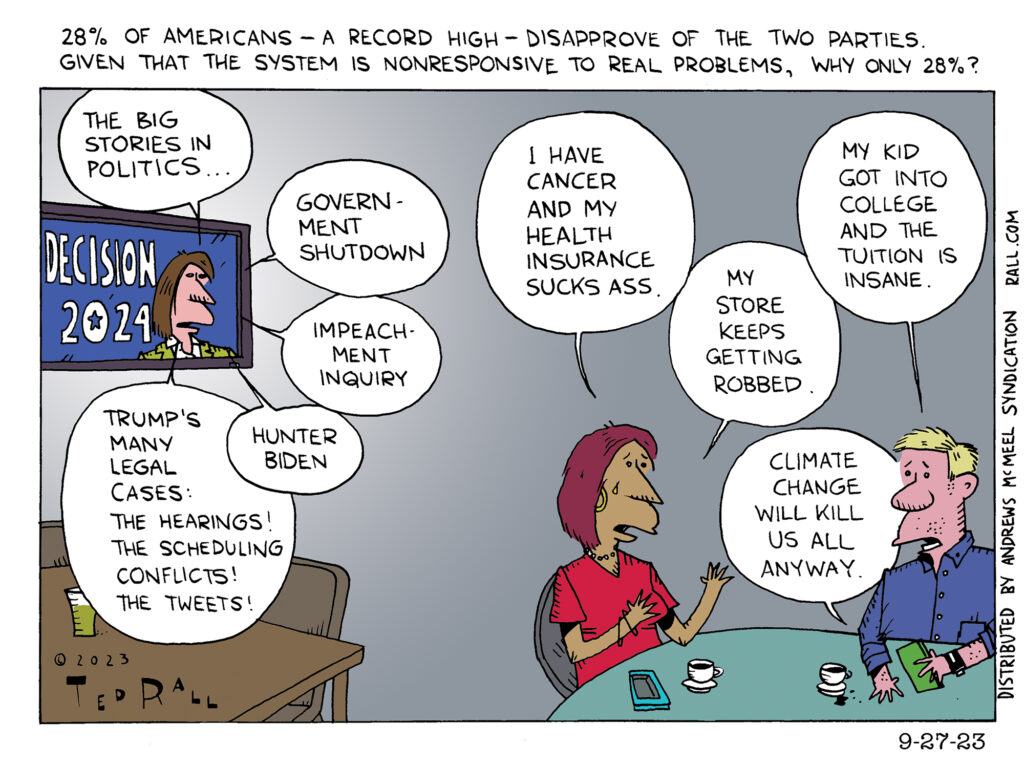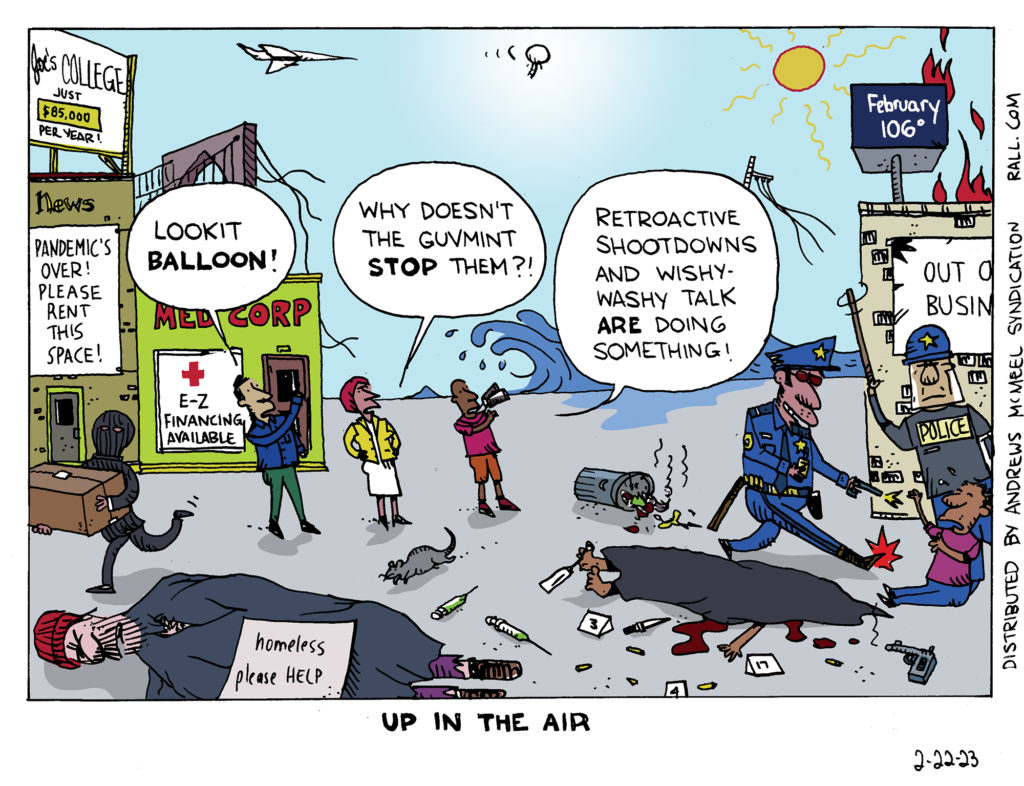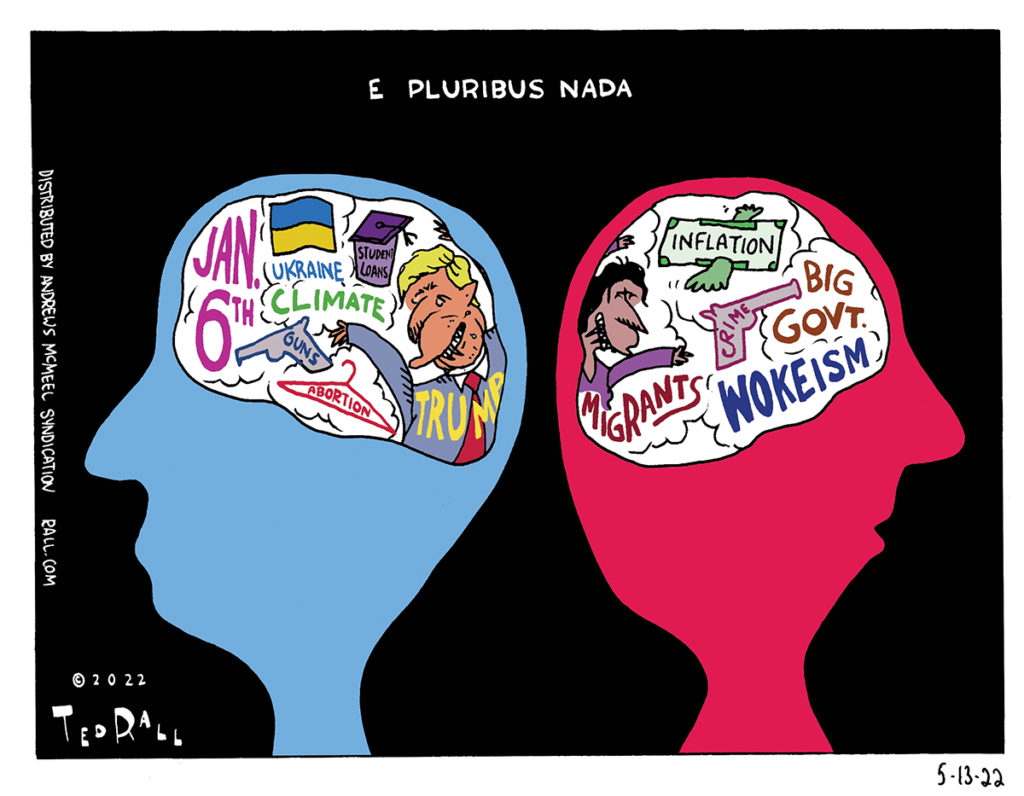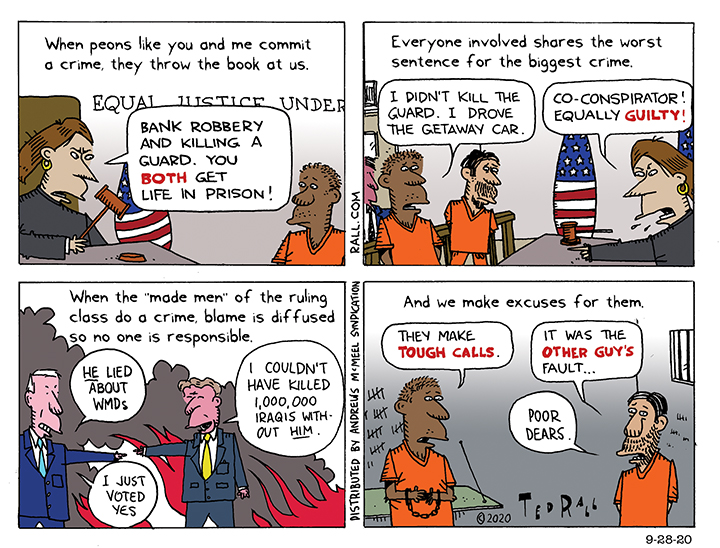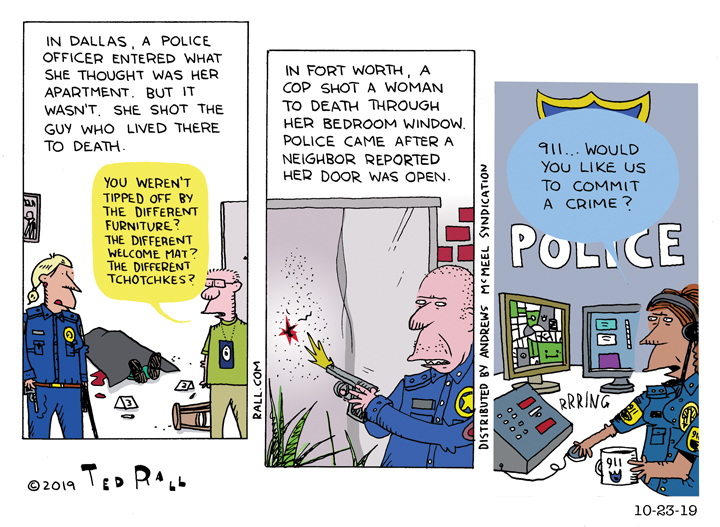The DMZ America Podcast’s Ted Rall (on the Left) and Scott Stantis (on the Right) discuss a pair of stories that reflect a disturbing trend: as the government turns more lawless and fails to enforce the law, Americans are taking the law into their own hands—and voters seem to approve.
A Manhattan jury acquitted Daniel Penny, the subway rider who strangled a mentally-ill homeless man, Jordan Neely, using a choke hold that the NYPD is banned from using in the line of duty. And Luigi Mangione, the 26-year-old man accused of shooting UnitedHealthcare CEO Brian Thompson to death in New York has become a folk hero to patients angry at the way they’re treated by health insurance companies.
If the system fails, is it acceptable to roll “Death Wish” style? Ted and Scott debate the social and political ramifications.

